Seats. Sports cars have two. As do coupés, often with a couple of pew-like perches in the rear. Hatchbacks have five, while a good MPV will have seven. There are exceptions to the rule – the Kia Grand Carnival boasts seating for an entire football team – but it’s generally okay to, er, generalise.
Or is it? We hope you’re sitting comfortably, because here are some cars that are a little different to the norm. From a pair of pull-out rear seats exposed to the elements, to a single rear seat finished in groovy green corduroy (yeah, baby), you won’t find any of these chairs in the next DFS sale. Take your seats for our first sitting; volume two will be along soon.

Skoda Felicia Fun
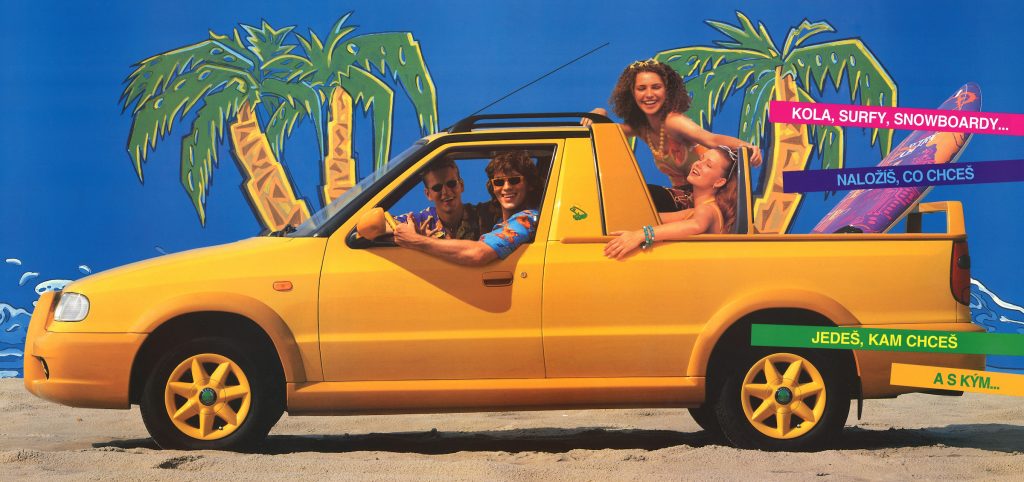
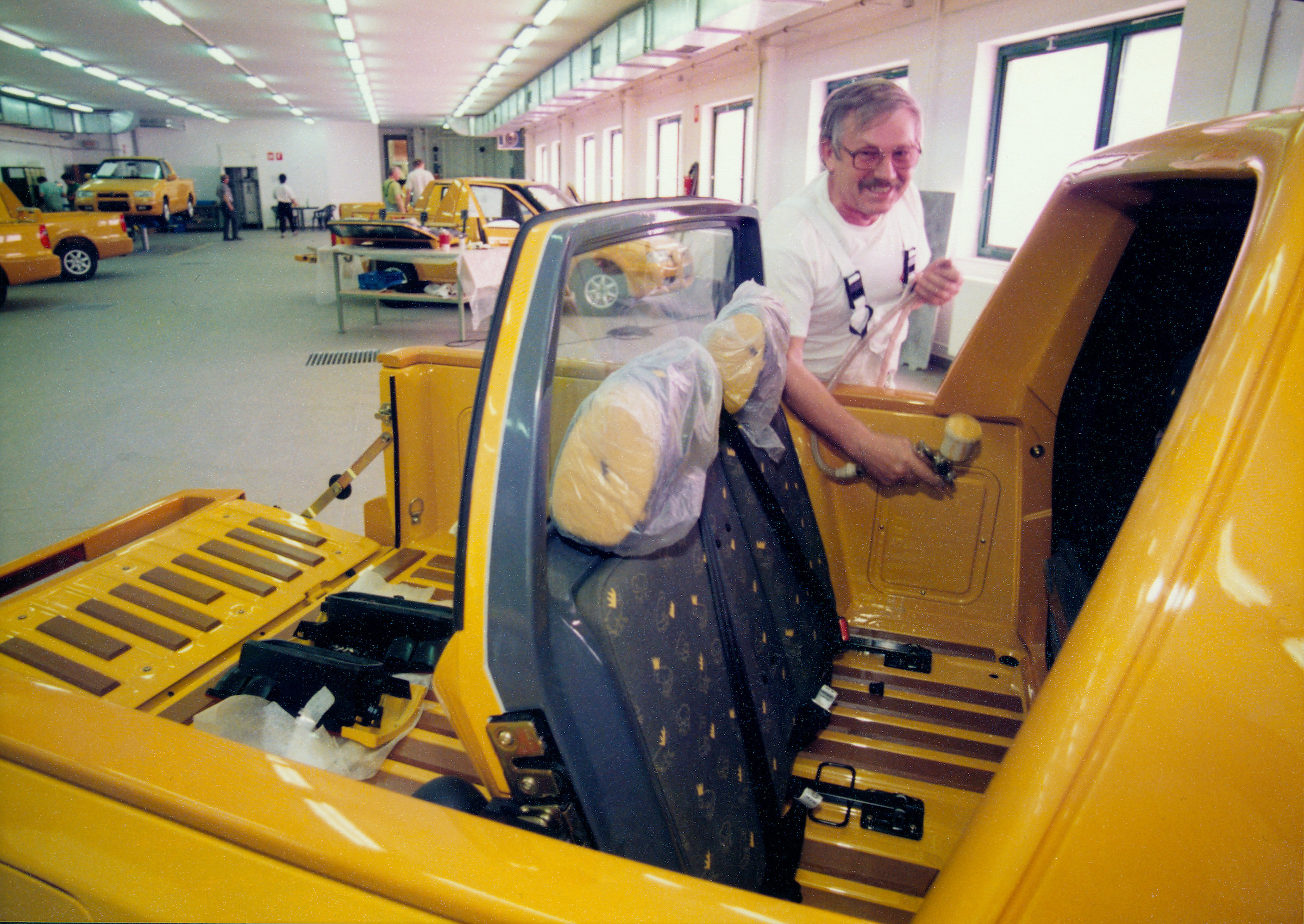
Remember the days when Skoda built cars you sense were designed after a liquid lunch in a Czech bar? With a brochure that looked like a cross between the opening credits of Saved by the Bell and the inside of Timmy Mallett’s head, the Skoda Felicia Fun was anything but ordinary.
Without the aid of a giant pink foam mallet (sorry, Timmy), the Felicia Fun could be transformed into a four-seater pick-up, with the rear-seat passengers exposed to whatever the weather could throw at them. An optional canvas roof cover and frame was available, but that’s less fun than seeing your friends emerge from a trip like they’ve just spent an hour on a theme park log flume.
Triumph 2000 Roadster
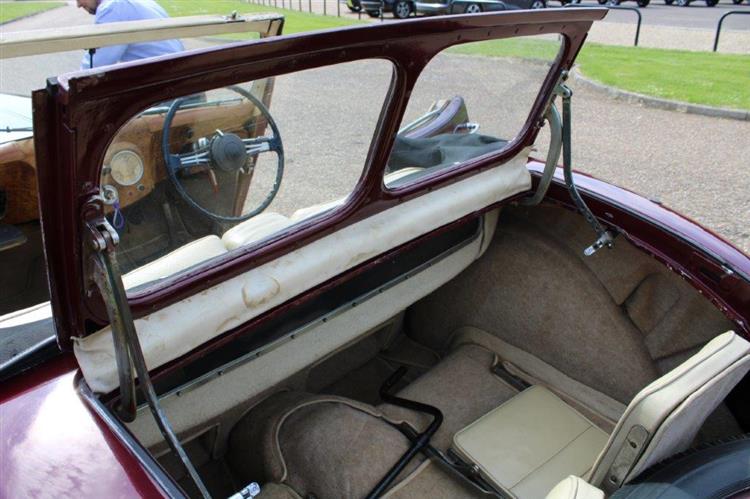
In some ways, the Skoda Felicia Fun showcased a modern interpretation of the rumble seat (American), dickey seat (British) or ‘mother-in-law seat’ (stand-up comedian of the 1970s). This occasional seating arrangement was an evolution of the coach and carriage approach, but the concept had all but died out by the end of the late 1930s.
The Triumph 2000 Roadster was the last bastion of the manufacturer-fitted dickey seat. With the rear deck closed, the car featured a pair of porthole-style windows, handy for growing tomatoes in the back of the car. The deck splits for carrying passengers, with the upper section turning into a sort of makeshift windscreen.
Fiat Multipla
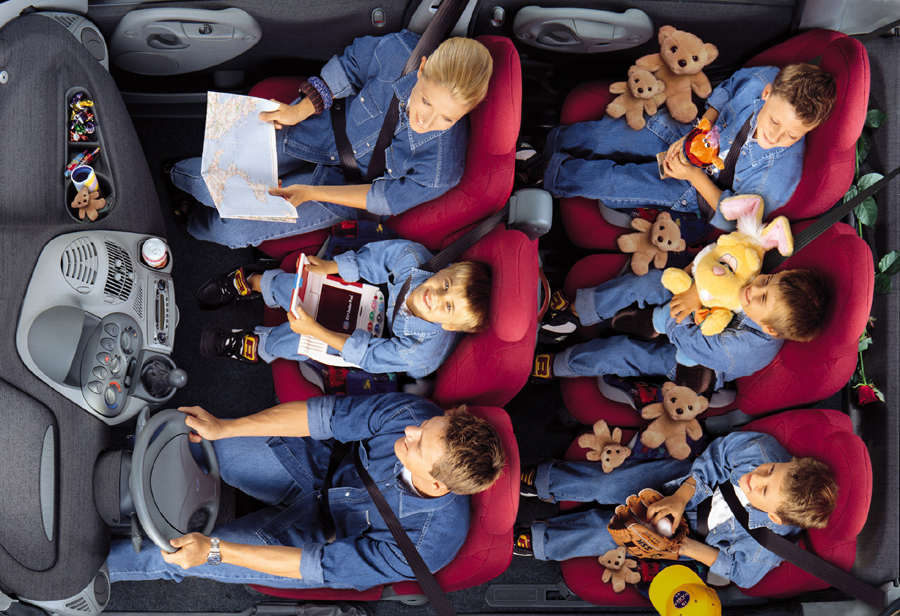
Isn’t it great when the Fiat Multipla appears on a list that isn’t focused on ‘ugly’ or ‘terrible’ cars? Of course, the cosmetically challenged MPV wasn’t the first Multipla. Launched at the 1956 Brussels motor show, Fiat’s 600 Multipla was just 500mm longer than a Mini Cooper, yet it could host six people in relative comfort.
Who are we trying to kid? The occupants were squeezed into the Multipla like sardines in a tin. The modern Multipla was significantly wider and had near-verticle sides (most cars lean in toward the roof) so there was ample room for passengers to sit three-abreast along two rows, with space for their luggage. The facelifted Multipla was more conventional but less memorable, while Honda did its own thing with the forgettable FR-V.
Light Car Company Rocket
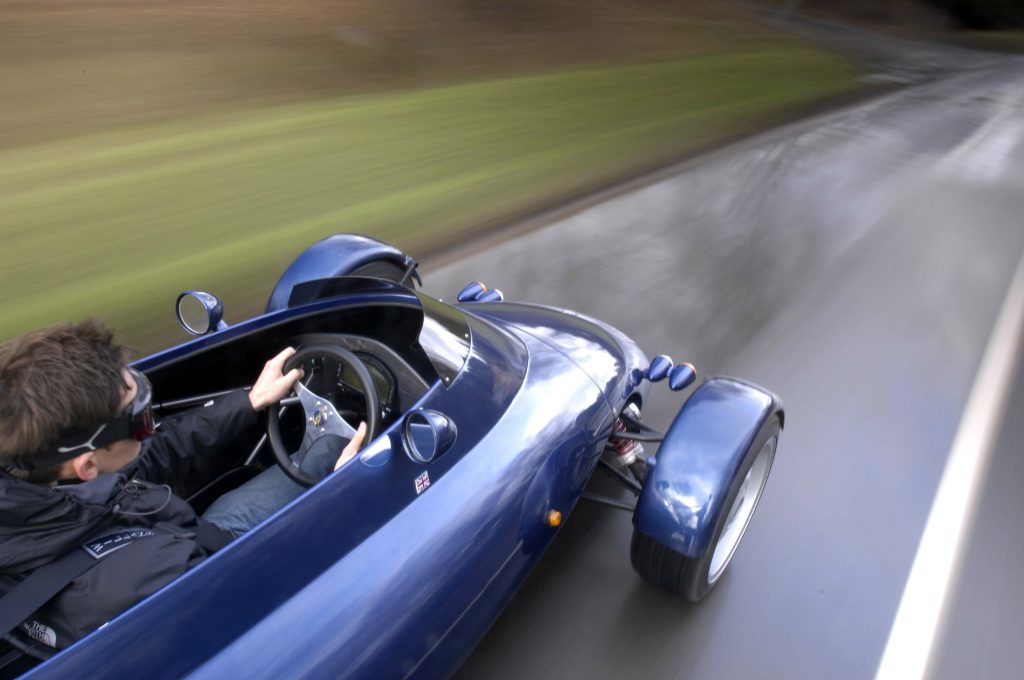
To hit a 350kg weight target, Gordon Murray wanted the Rocket to be a single-seater. His friend, racer and partner, Chris Craft, insisted on making it a tandem, arguing that a buddy should be able to experience the thrill of the drive. We should make a gag about sticking a Rocket up your… well, you know the rest.
Even with the rear seat, the Rocket weighed a featherlight 380kg, a figure so small, you’d think twice about having breakfast before a drive. Heck, you’d ditch your underwear and have a closer shave to keep the excess weight to a minimum. It remains a selfish car, with the passenger forced to adopt a rather awkward seating position. You can read our editor’s thoughts on the car here.
Honda S-MX
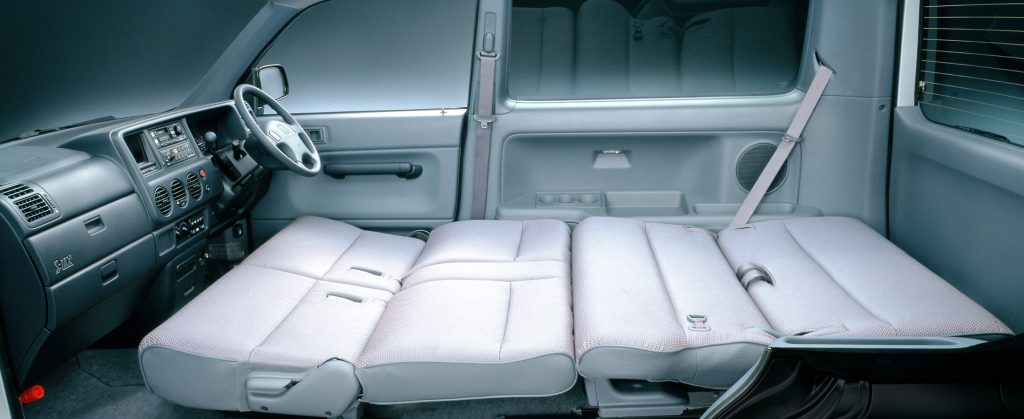
In urban Japan, where space is at a premium and privacy is hard to come by, it can be difficult for young drivers to – how can we put this? – find somewhere to progress their relationship to the next level. Which might explain why Honda decided to build a mobile love motel.
The Honda S-MX (lay the ‘M’ on its side for a subtle hint of the car’s true purpose) featured two bench seats which could be folded flat to create a double bed. The love shack vibes continued with rear privacy glass, a tissue holder and nightstand. Just the one nightstand, probably. Sir or madam could even get optional wood.
Matra-Simca Bagheera
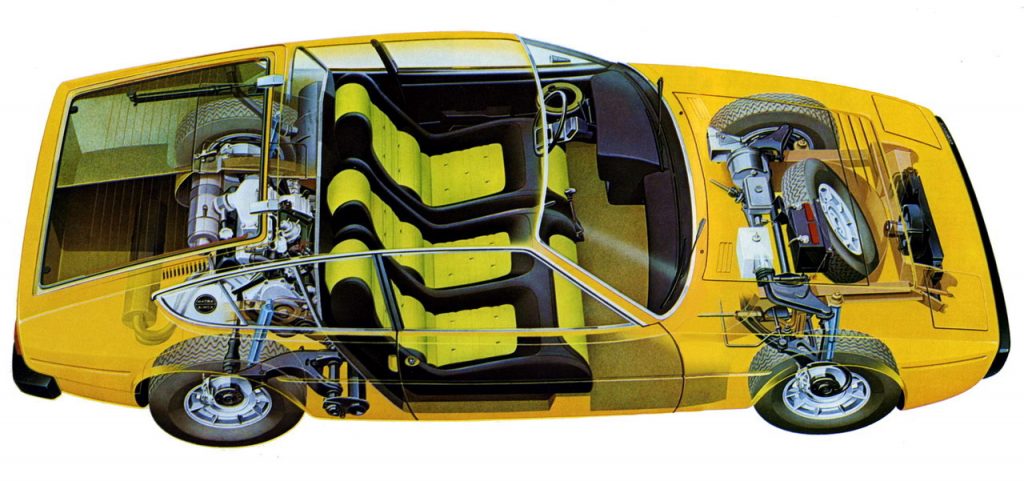
The McLaren F1, with its central driver’s seat situated slightly ahead of a pair of passenger seats, is arguably the world’s most famous three-seater performance car. Perfect for wannabe Ayrtons and Gerhards who wanted to take their kids along for the ride.
Two decades earlier, Matra-Simca launched the three-seater Bagheera, albeit with three-abreast seating and production limited to left-hand drive. The development followed research by Matra which found that those in the market for a sports car wanted more than two seats, but they didn’t fancy a cramped 2+2. The configuration was carried over to the Murena, the Bagheera’s superior successor.
Subaru BRAT
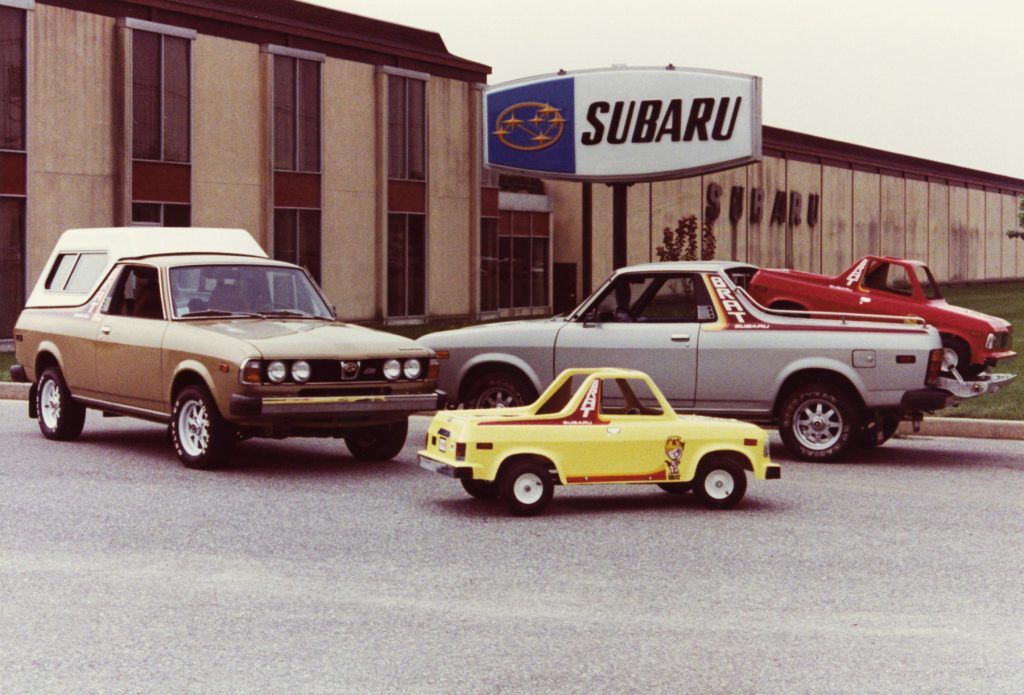
The Subaru BRAT (Bi-drive Recreational All-Terrain Transporter) was developed for the US market to rival the likes of the Ford Ranchero and Chevrolet El Camino. Created at the request of the president of Subaru of America, the BRAT is famous for being Ronald Reagan’s runabout on his 688-acre ranch in California.
It was also used in the fight against President Lyndon B. Johnson’s so-called ‘Chicken Tax’, a series of import tariffs on a range of imported goods, including light trucks valued at more than $1,000. To avoid this, Subaru installed a pair of rear-facing seats, carpeting, seatbelts and grab handles in the cargo area, turning the BRAT into a passenger vehicle. Subaru managed to make a turkey out of the ‘chicken tax’.
Range Rover Classic conversions
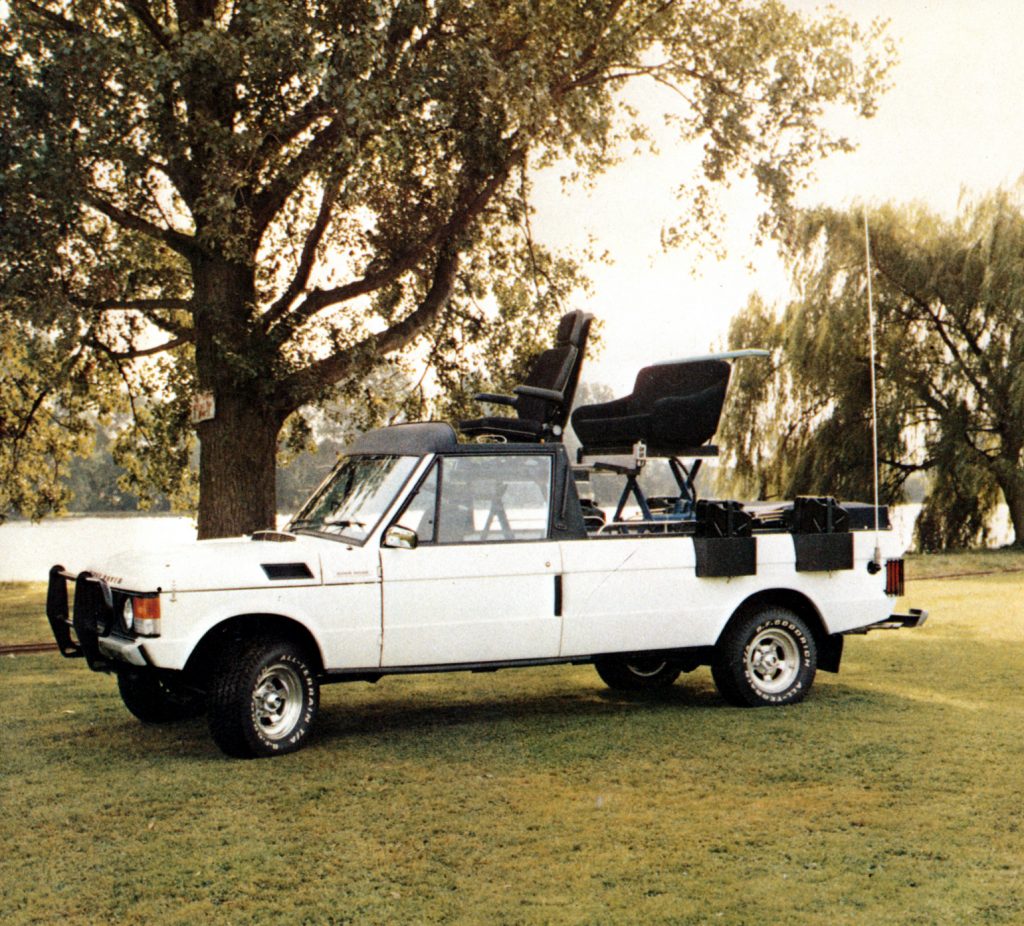
The original Range Rover was pretty good straight out of the box, but Britain’s coachbuilders felt they could do even better. London’s Wood & Pickett, most famous for customised Minis, created everything from the six-wheeled Cheltenham 6 Sheer Rover to the Newbury Falcon Sheer Rover, which came complete with fixed hunting seats and falcon perches.
Not to be outdone, Townley Cross Country Vehicles created some wild vehicles for wealthy clients in the Middle East, one of which featured a throne at the rear of an extended cabin. In this company, the A.E. Smith & Son hunting vehicle (pictured) looks relatively tame.
Fiat Panda Mk1
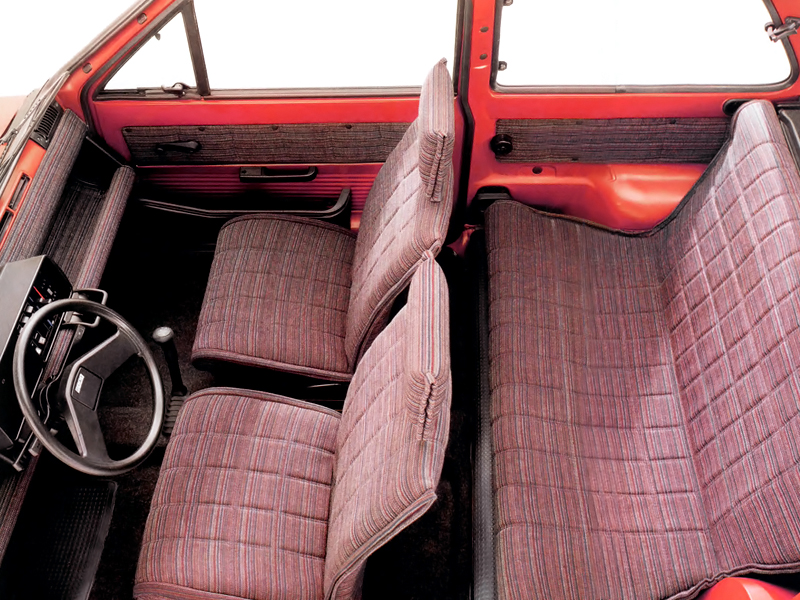
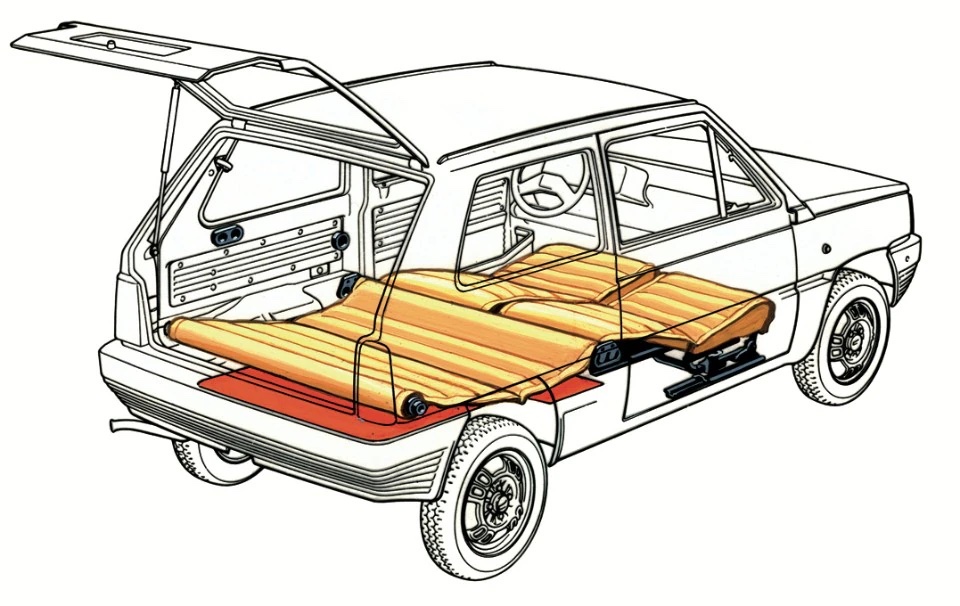
Giorgetto Giugiaro is responsible for designing some of the world’s most beautiful and significant cars, but the Fiat Panda ranks as one of his best. The Panda was to the Italians, what the Mini was to the Brits, and the Citroën 2CV and Renault 4 were to the French.
Its rear bench was one of the most ingenious cost, weight and space saving features. Using nothing more than a single piece of elasticated canvas and a pair of transverse tubes, the back of the Panda could be configured in several different ways, including delivery van, camper, estate car and even a baby’s cot. The safety of infants was less of a priority in the 1980s…
Ogle Aston Martin ‘Sotheby Special’
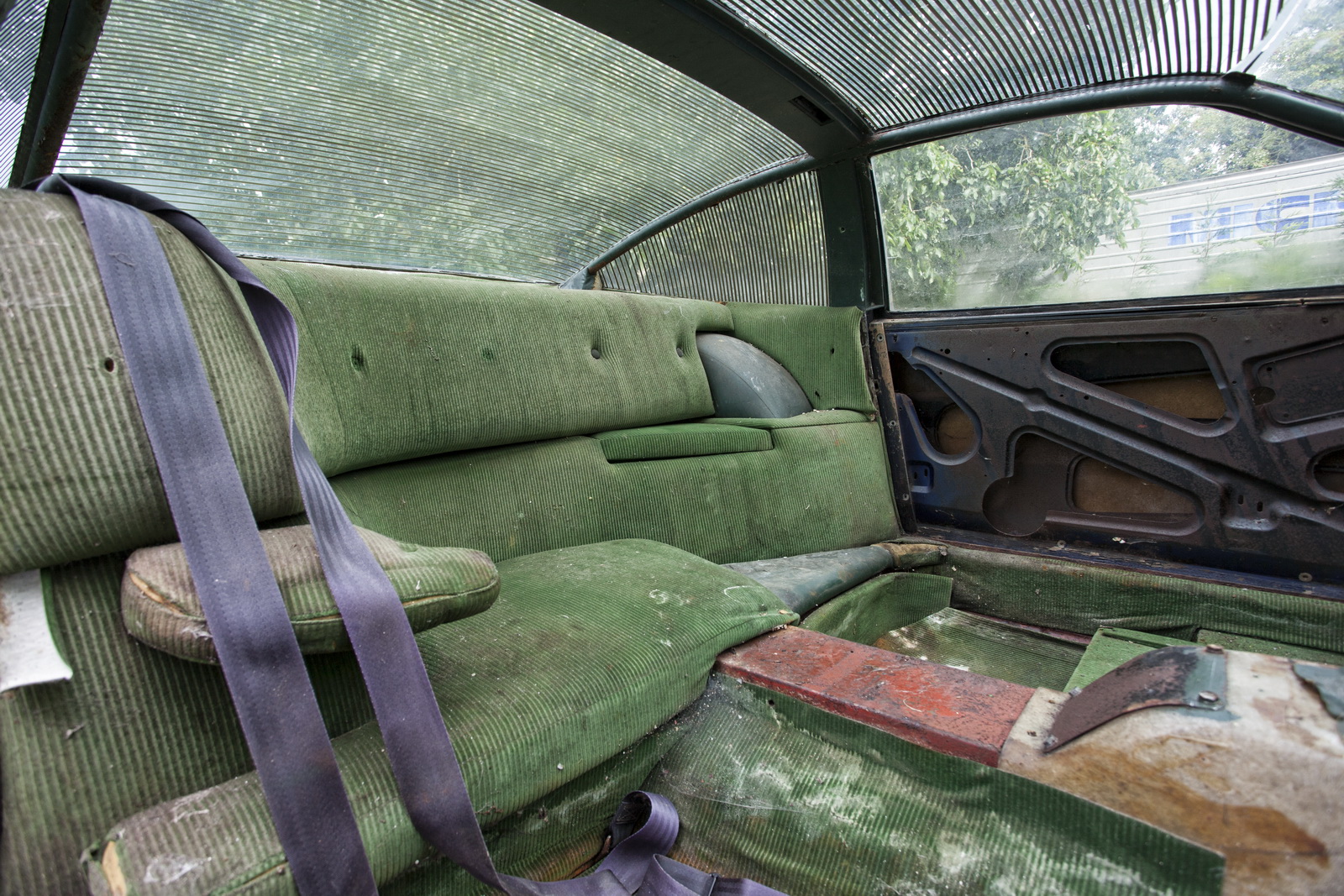
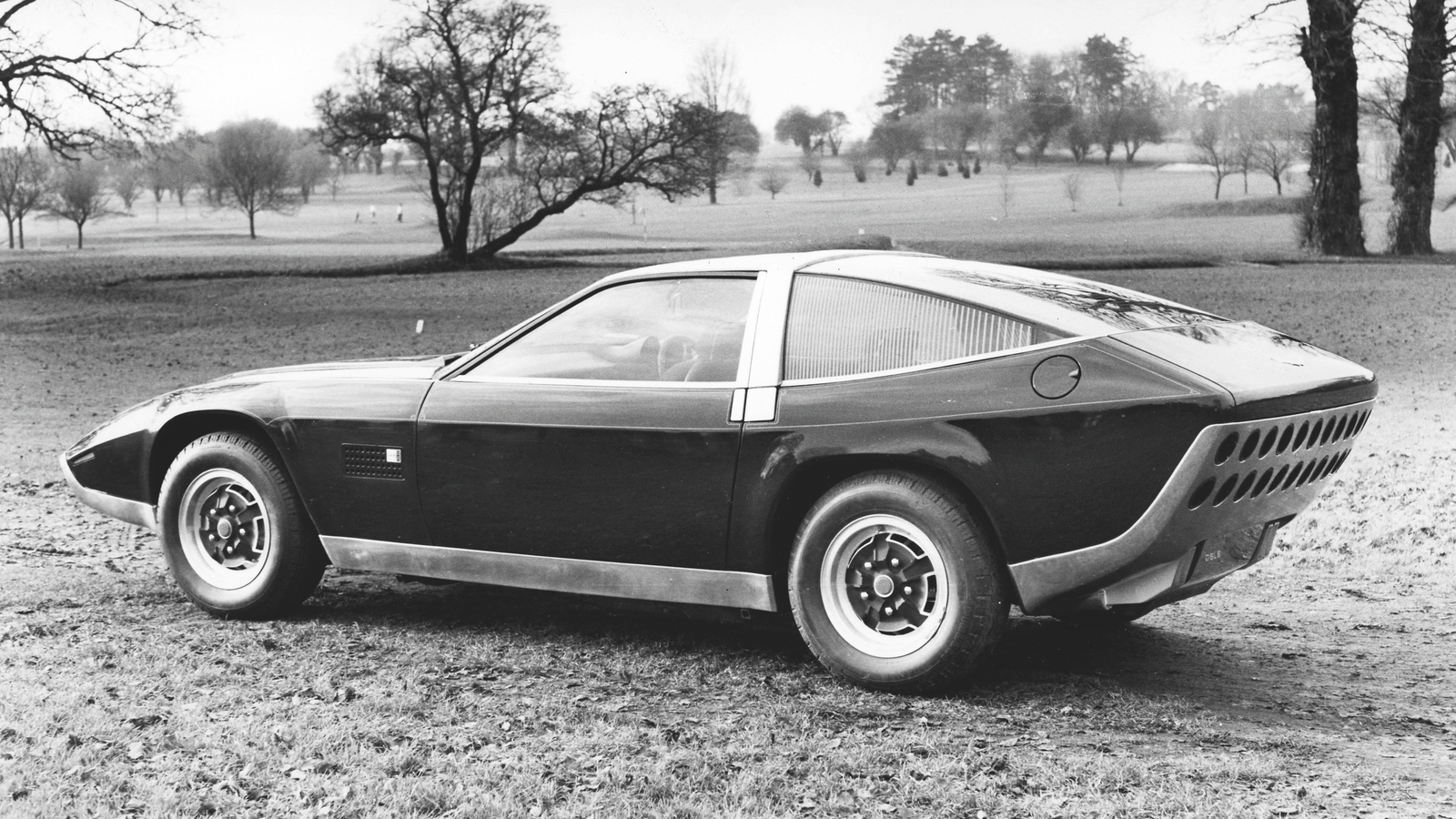
We included this Ogle Design creation on our list of way-out-there concepts that defined the 1970s. With the backing of a cigarette company, Aston Martin, Triplex, Lucas and others, designer Tom Karen (of Reliant and Raleigh Chopper fame) got to work.
Notable, on the outside at least, for its 22 taillights, the Sotheby Special featured a chaise-longue in the back. The perfect place to stretch out while puffing on a fag, although you’d be advised to keep the ash away from the corduroy. One of the two cars was sold at auction as a ‘barn find’, hence the condition of the rear seat.
Read more
Concept Cars That Never Made The Cut: Fiat 850 City Taxi
So you want to be a car designer? Our industry insider peels back the studio curtain
How not to build a car, Part 2: Interiors










I seem to remember in the 70’s there was, I think , a Ferrari conversion, with 3 seats. A central driver slightly forward of the passenger seats. I so wanted one but Father said “no way”. Sorry can’t remember the name of the coach builder.
I think the Vauxhall Sintra seating as you can turn the front seats around and play cards and have a drink wen parked up mine is just 1 of eight left on the road I think thanks peter
Good suggestion, Peter. My parents owned an early Renault Espace and the number of seating arrangements was impressive – plus you could remove the back seats and use it to sleep in or carry as much as a van. However, the 4×4 fashion kicked in and the Espace, as clever as it was, dwindled in popularity.
Messerschmitt KR200, FMR TG500 both had tandem seating, The Maxi converted into a double bed. The Zundapp Janus had back to back bench seats.
None come to compare with the Peugeot 505 Family estate, 8 seats, all reclining/folding and still a garage boot as well
The car that Samuel J F d’Arcy is thinking of us possibly the 1966 365P. This was a 3 seater with a seating layout replicated in the much later McLaren F1. I believe there were only two of these made. Looking very much like a large, and wide, 246 Dino it had a 12 (as opposed to 6 in the Dino) cylinder engine. I’d love one – just perfect for me and my two boys!😂